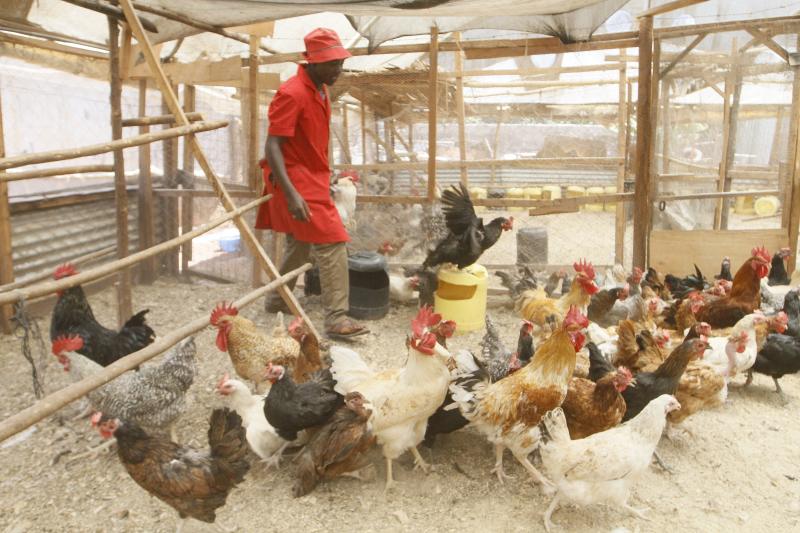By Dr Watson Messo

Poultry farming can be a fulfilling and rewarding venture if done right. Here are some basic things that one needs to understand before venturing into poultry farming.
- Market research
It is very important to critically look at the demand that needs to be met. Is there high demand for table eggs, kienyeji chicken or broiler meat? Most start-up farmers go by what a friend or relative or neighbouring farmer is doing and hope to reap the benefits. It is important that you take your time to talk to clients or potential customers and listen to them. Do a survey on restaurants, hotels, open air or takeaway eateries, supermarkets and delis and collect as much data as possible. Ask questions about seasonal trends of products that you intend to bring into the market. Sometimes your assumptions may not match your survey results or outcome, so be ready to change your original plans and make new decisions.
- Farm location
A poultry farm can be located on any dry land anywhere in the country as it is not dependent on any weather patterns. However, the ideal location would be outskirts of urban or peri-urban cities where there is ready market for both meat and eggs. Construct your farm where there is access to all weather road, away from riparian land that experience occasional flooding and landslide.
- Housing system
The most common housing system in this country is deep litter, where the entire floor is covered by wood shaving and the other equipment like nest boxes, feeders and drinkers are centrally located. It is best suited for all types of birds and conforms to animal welfare requirement. The free-range type is common for improved kienyeji with a bit of housing at night and scavenging in an open enclosure. In organic farming, the chickens are most of the time on free range scavenging and are on restricted commercial feed with no use of antibiotics and any additive.
- Demand for building
The most ideal house in this region must be open sided rectangular shaped structure, with roof made of iron sheet or locally available waterproof material like makuti or grass. The house must be on an East-west orientation to reduce direct sunlight on the chicks. Side walls should be 2-3 feet high made of bricks, iron sheet or block and the rest covered by wire mesh and chicken netting at 6-7 feet high. The floor could be concreted or compacted with red soil.
- Choice of breed and supplier
If you want to keep commercial layers, choose type of breed which is hardy with low mortality rate, fast growth rates, high peak production, long peak period and good persistence. If it is for meat production, look for a breed of high feed conversion efficiency, and of good tasty and tender quality meat.
- Optimal health protection
Threats to your flock will include but not limited to protozoal and parasitic diseases, bacteria, yeast and mold and viral infections. You will need good rearing conditions that include proper brooding, temperature control, ventilation and humidity as well as quality water and adequate feed supply all the time. Biosecurity is pivotal to your success; the premises must be highly sanitised within and around the site with limited flock visits to only authorised personnel. Vaccination schedule must be followed to the letter and must be chosen based on efficacy and administered professionally.
- Record keeping
Anything that cannot be counted cannot be measured. Most farmers ignore the value of good record keeping. Feed being the highest production cost in poultry production, means that it must be weighed to the level of grammes fed/bird/day, and weight sampling must be done on weekly basis to establish production efficiency.
Leave a Reply